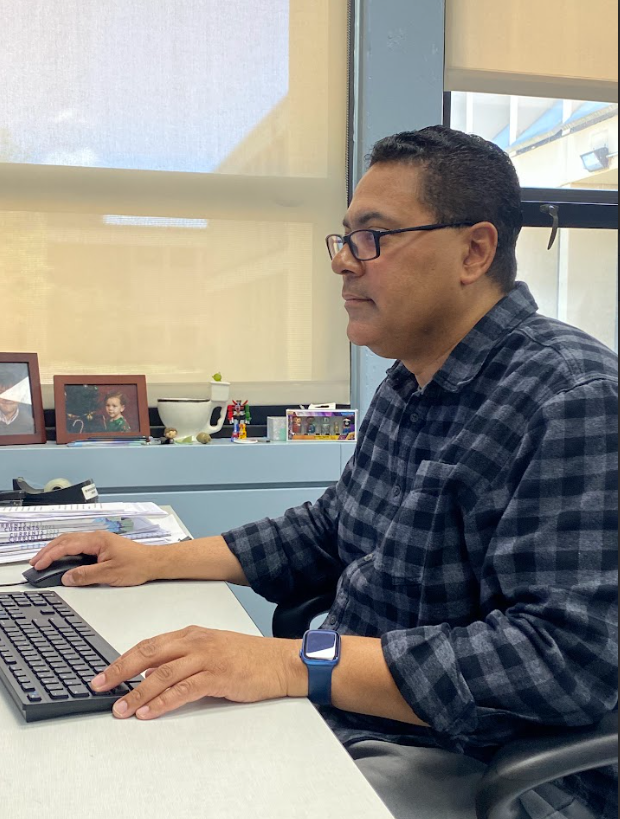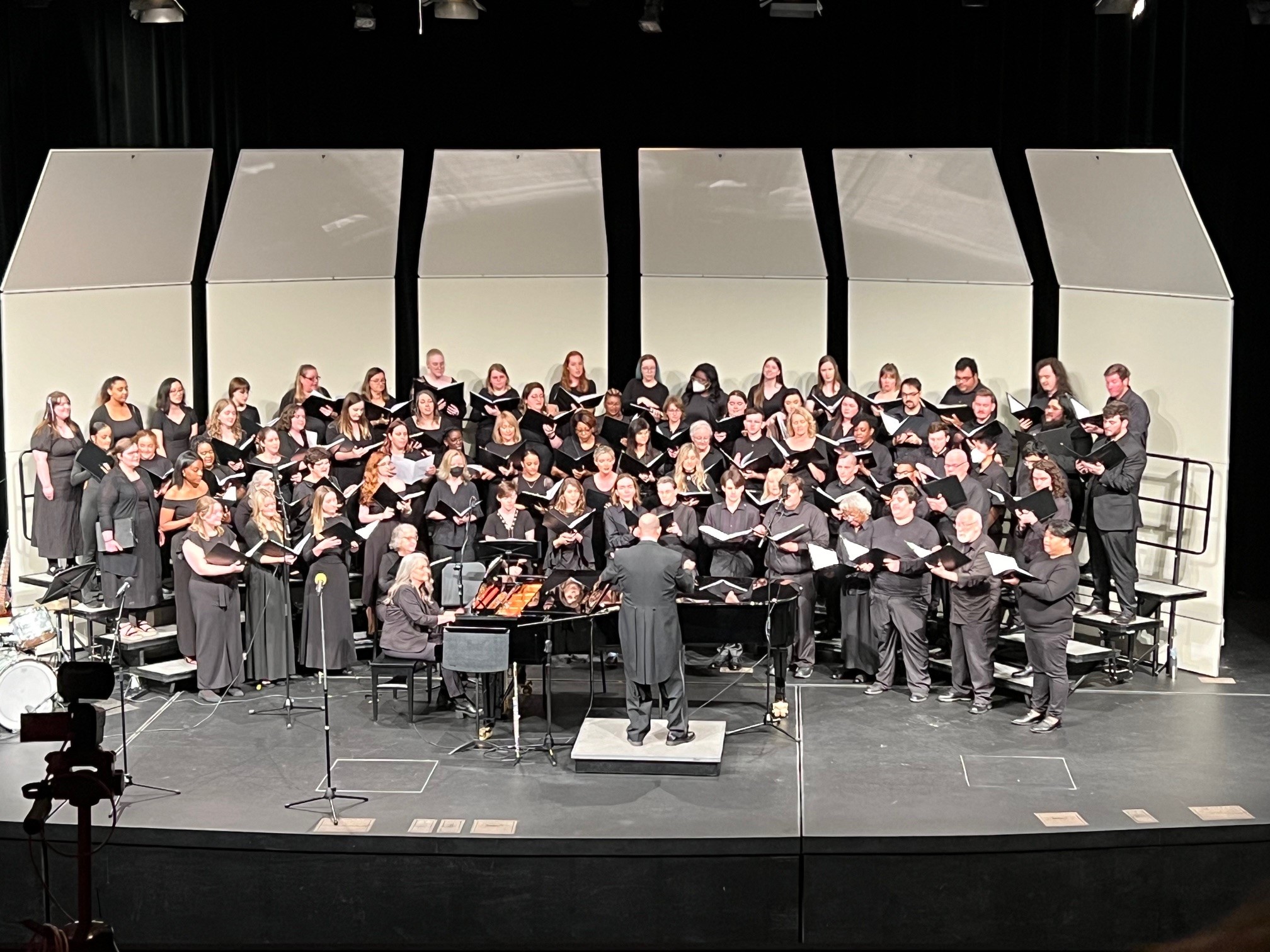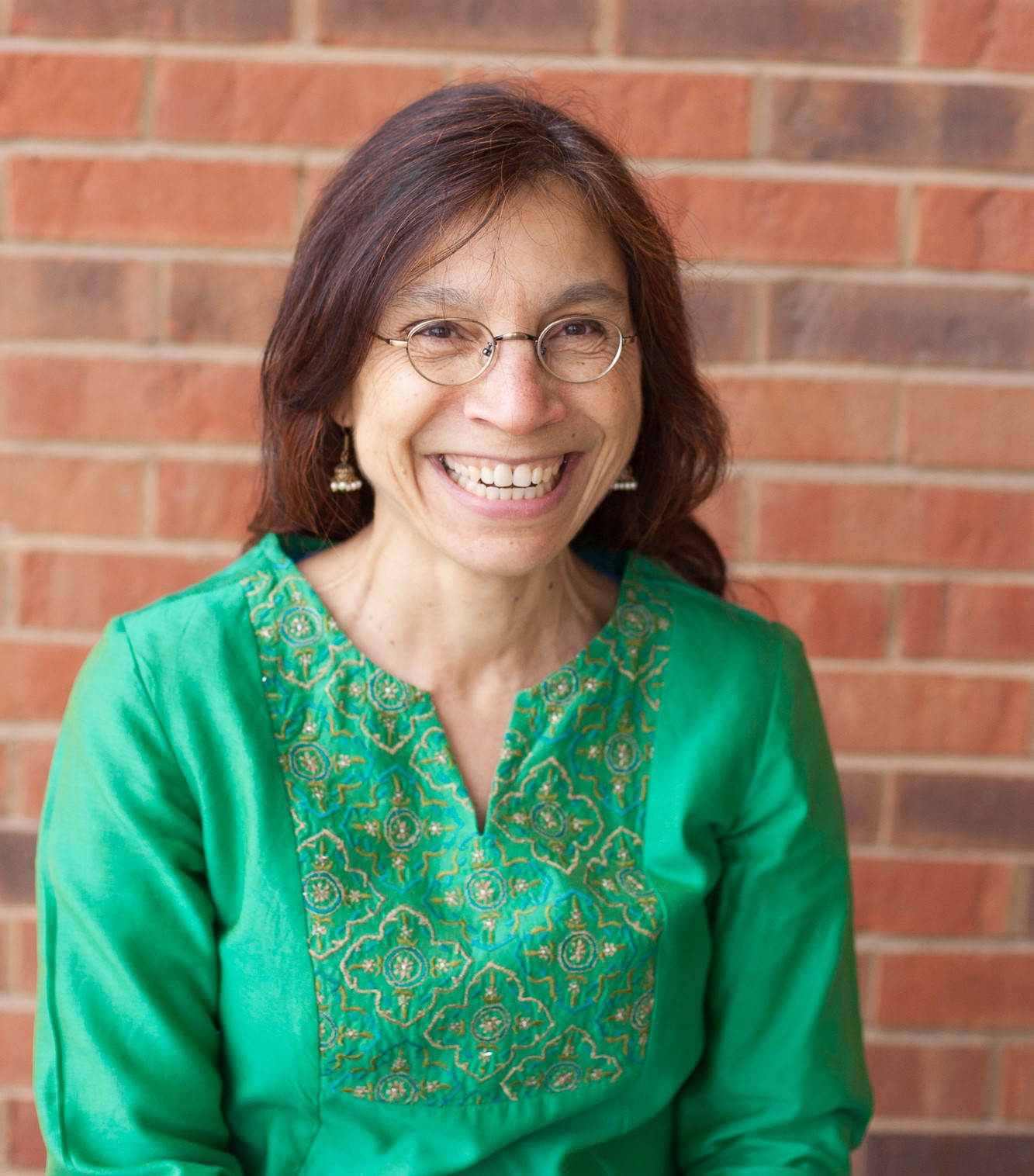Meramec Music Program to perform ‘Chaco Symphony’ at Lincoln Center
By: Ashley Biundo, Editor-In-Chief & Mary Wilson, Opinions Editor
On a sabbatical journey in 2015 through a canyon in northwest New Mexico along the part of the Four Corners region, Music Professor Gary Gackstatter had a life changing experience.

“I got a sabbatical a few years ago and spent time out in the desert, visiting Chaco Canyon, all the ruins and a lot of sites related to it. It covers about 90 square miles. After spending time out there and learning from archaeologists and Native Americans, it was a very inspiring trip. Everybody that goes out there says, ‘there’s something out there.’ And when you walk around out there, you feel it. And that’s what I was trying to express through music,” he said.
The Meramec Symphonic Band, Meramec Orchestra and Meramec Choir will perform “Symphony Chaco,” inspired by the Chaco Canyon and written by Gackstatter, at Lincoln Center’s David Geffen Hall in New York City on March 30.
Gackstatter said he was inspired through a documentary called “Mystery of Chaco Canyon.”
“It was made by a female artist who discovered that all the buildings out there are aligned with the cardinal directions that nobody knew. That’s been fairly recent in the last 20 years,” he said. “And that unlocked a whole bunch of [questions about] who were these people that built this? That’s some really sophisticated engineering.”
According to Gackstatter, one of the biggest buildings out there had the space of the Roman Colosseum and they’re five stories high with 700 rooms in one building. By 1250, they were gone.
“They just walled everything up, burned everything down and then built Chaco Canyon throughout Colorado, Arizona and Mexico,” said Gackstatter.
All of it is a very spiritual expression of how Native Americans feel about their place on earth toward each other, he said. “It’s about how sacred the land is, for the sacred directions, or cardinal directions, in addition to above and below, so all the buildings were lined with the solar system,” said Gackstatter.
Gackstatter’s sabbatical plans were vague before he arrived at the Chaco Canyon.
“I made no reservations, I didn’t have any plans. I just walked around,” he said. “I wanted to listen, and go out there without any preconceived ideas about it. I was also prepared that it wouldn’t work. But, as I was out there, these melodies would come to me and I would whistle them into my phone.”
Gackstatter would then drive to the college in Durango and compose the symphony in the music department. “They ended up being all the melodies that were in this symphony,” he said. “I didn’t have anything planned, but in all, this thing practically wrote itself.”
Gackstatter said it was the easiest piece he’s ever written. “It was just a truly mystical experience for me,” he said.
According to Music Professor and Choral Director Dr. Jerry Myers, the trip to perform the “Chaco Symphony” in New York is a once in a lifetime opportunity for faculty, but also students. “I think this is an outstanding opportunity to showcase our great program, and a terrific piece by Mr. Gackstatter. We’re very fortunate that Manhattan Concert Productions took on this piece,” he said.
Gackstatter and Myer will take 100 performers on the trip that has been in the planning phase since the Fall semester. “The show of support by Manhattan Concert Productions and the college is credit to the work,” said Myers.
Gackstatter’s Chaco Symphony was first performed at STLCC-Meramec in May 2016 and then later in Gallup, New Mexico. In 2018, Meramec and UMSL orchestras combined to perform the symphony at the Touhill Center with a Native American flute player serving as the soloist.

“He helped me write some of it,” said Gackstatter. “Just his presence and his chanting and his flute playing really put the music way over the top. It’s really, really a wonderful thing to be able to play with.”
Gackstatter said he has high hopes for the New York performance. He said it’s important to open up the world to how Native Americans treat each other, the land and their view of history.
“This has been a real life changer for me,” said Gackstatter. “Everything in my life is going to be before and after Chaco. Being around the Native Americans and going to their sacred rituals and their dances and hearing their stories and reading all their histories really showed me that there’s a different way to live. There is a different way to think about the words we speak, the actions we take, and how we treat each other.”











